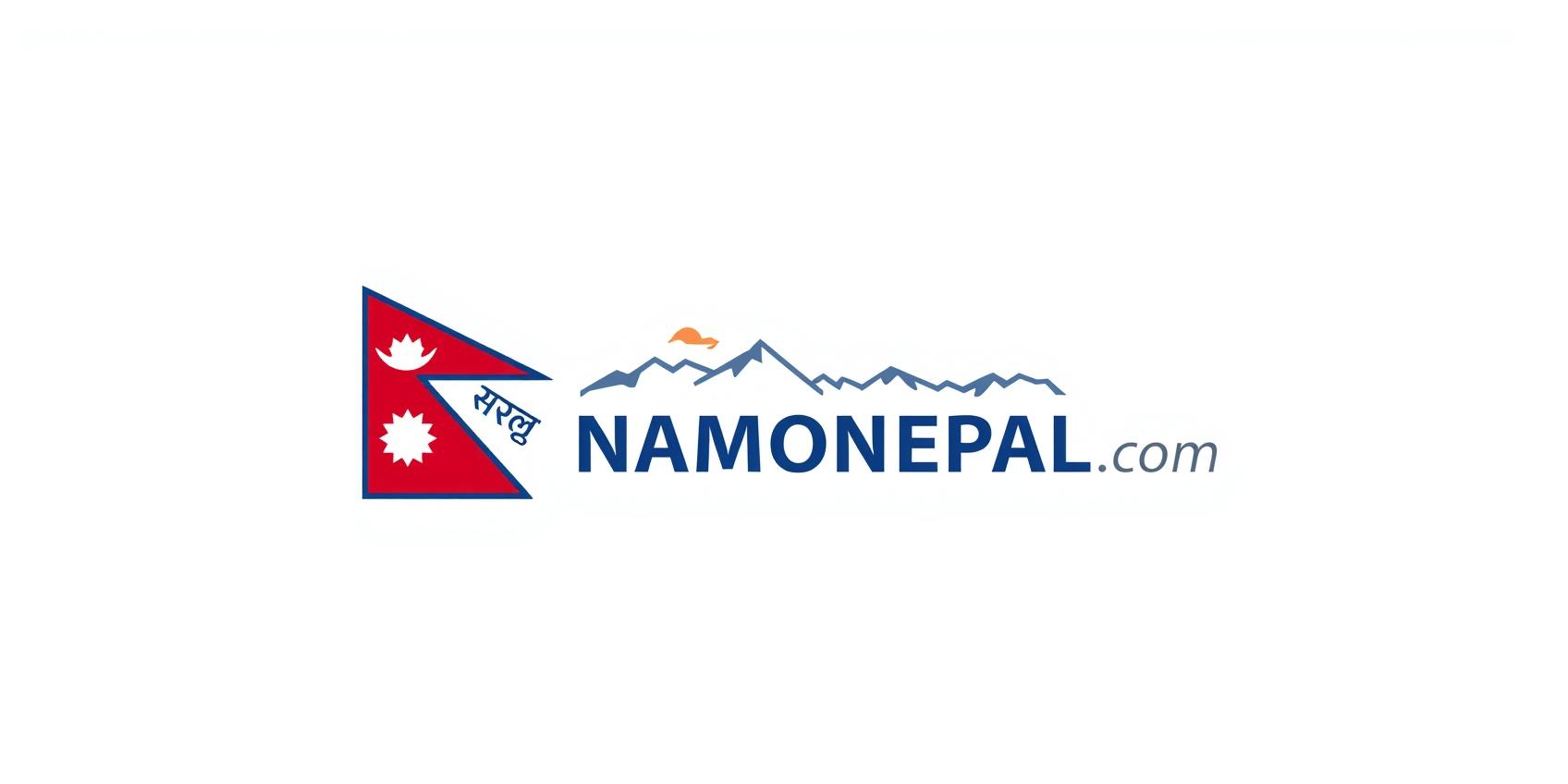Savor Nepal’s Exquisite Tea Culture: Ilam Tea & Local Teashops
Nepal’s tea culture is as enchanting as its Himalayan vistas. From the misty slopes of Ilam, producing world-class teas, to the bustling teashops of Kathmandu and Pokhara, tea is more than a drink—it’s a daily ritual, a symbol of welcome, and a bridge between tradition and innovation. Explore the distinct flavors, enchanting history, and vibrant teahouse experiences that make Nepal’s tea culture unique in the world.

Why Explore Tea Culture in Nepal?
Wellness, Heritage, and Community in Every Cup
- Sample premium Ilam tea acclaimed for its flavor, aroma, and ethical production.
- Meet locals and learn custom tea rituals in Kathmandu’s cozy teashops and mountain villages.
- Discover the health benefits of Nepali green, black, and herbal teas.
- Support sustainable farming and fair-trade tea cooperatives changing rural Nepal’s economy.
140+
Years of Tea Cultivation in Nepal
16,000+
Hectares of Tea Gardens
30+
Varieties—Black, Green, Oolong, White
Ilam Tea – Nepal’s Green Jewel
Quality, Tradition, and Global Appeal
The journey begins in Ilam—Nepal’s “tea capital”—whose rolling hills and cool climate rival Darjeeling’s for quality and taste. Here, Orthodox teas are hand-plucked and artisanally crafted into black, green, white, and oolong teas. Ilam tea is known for its floral notes, subtle astringency, and honeyed finish, increasingly favored by connoisseurs worldwide.
Local tea gardens offer immersive tea tourism experiences: learn about cultivation, walk among the bushes, observe hand-rolling, and taste fresh teas at source. The district of Ilam, Dhankuta, and Jhapa also host annual harvest festivals, tea tastings, and cultural fairs.


Essential Nepali Tea Experiences


The Best Tea Tasting Adventures Across Nepal
- Ilam: Guided tours of organic tea gardens, tea-making workshops, and scenic tea tastings.
- Kathmandu: Trendy teashops in Thamel, Bhaktapur’s sweet curds with tea, and local markets brewing Chiya in giant pots.
- Pokhara: Lakeside cafes blending traditional and modern teas, famous for herbal infusions and highland honey teas.
- Rural hill stations: Family-run teastalls serving seed-to-cup tea, homemade biscuits, and rare wild herb infusions.
- Boudhanath & Tibetan zones: Experience salty butter tea with momo snacks in monastery cafes.
☕
Tea Tasting Flights
🌿
Organic Garden Walks
🏛
Local Chiya Corners
💬
Sustainable Trading
Daily Rituals and Global Flavors
Nepal’s love for tea shapes daily routines—morning cups with rice porridge, afternoon sips with friends, and ceremonial offerings in temples. Local “chiya” stalls are neighborhood hubs, where business deals, news, and family stories are shared over endless rounds of milk tea, often brewed with ginger, cardamom, and dried lemongrass.

From Leaf to Cup: The Story of Nepali Tea
Heritage, Innovation, and Economic Empowerment
Ilam’s tea heritage dates to the late 1800s, with British and Indian influence importing the first *Camellia sinensis* bushes. Today, Nepal’s tea sector blends historic methods (hand-plucking, sun-drying, orthodox processing) with modern sustainability initiatives—organic farming, women-led cooperatives, and fair-trade production.
Nepal now boasts white teas, golden tips, CTC teas for robust “milk tea,” and wild herbal infusions. Kathmandu’s new-wave tea lounges offer flights and masterclasses, connecting Nepali teas to the world’s discerning palates. Tea’s economic impact is immense—empowering farmers, uplifting women, and energizing rural economies.
Key Facts:
- Annual Ilam Tea Festival promotes local culture and tea crafts.
- Ilam vs. Darjeeling: Nepalese teas increasingly outshine Indian blends for flavor and ethical sourcing.
- Organic wild teas like rhododendron, nettle, and mountain mushroom infusions gain popularity.
Journey into Nepal’s Heart—Sip Ilam Tea, Connect with Local Teashops
From mist-draped hills to alleyway stalls, Nepal’s tea will warm your spirit and connect you to timeless stories of the land and its people.

Nepal’s Tea Bucket List
Don’t leave Nepal without:
- Tasting fresh Ilam black and green teas
- Joining a tea-plucking session in Ilam or Dhankuta
- Sharing sweet chiya at a Kathmandu teashop
- Attending the annual Ilam Tea Festival
- Sipping butter tea at a Boudhanath monastery
- Learning about tea sustainability in a women’s co-op
- Picking up artisanal, organic tea souvenirs
Tea Culture in Nepal – Frequently Asked Questions
All you need to know about Nepali tea, local rituals, and where to find the best brews:

